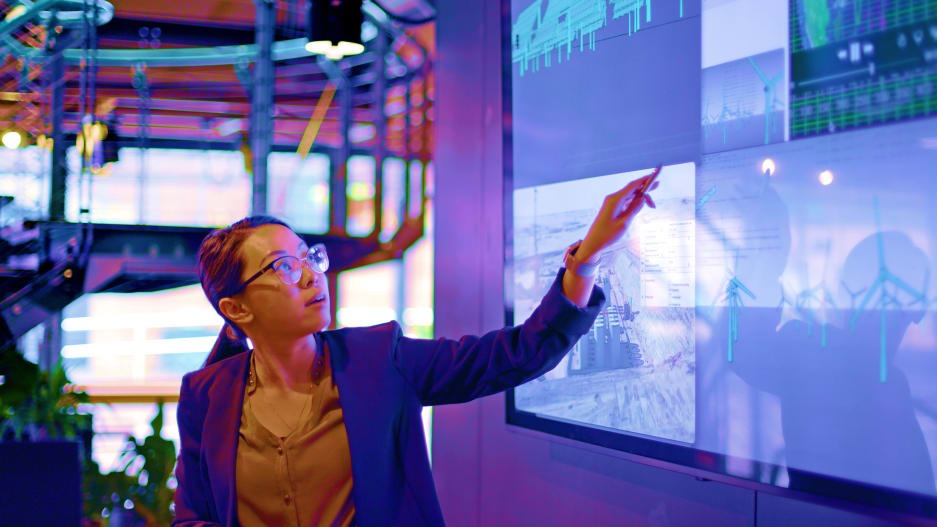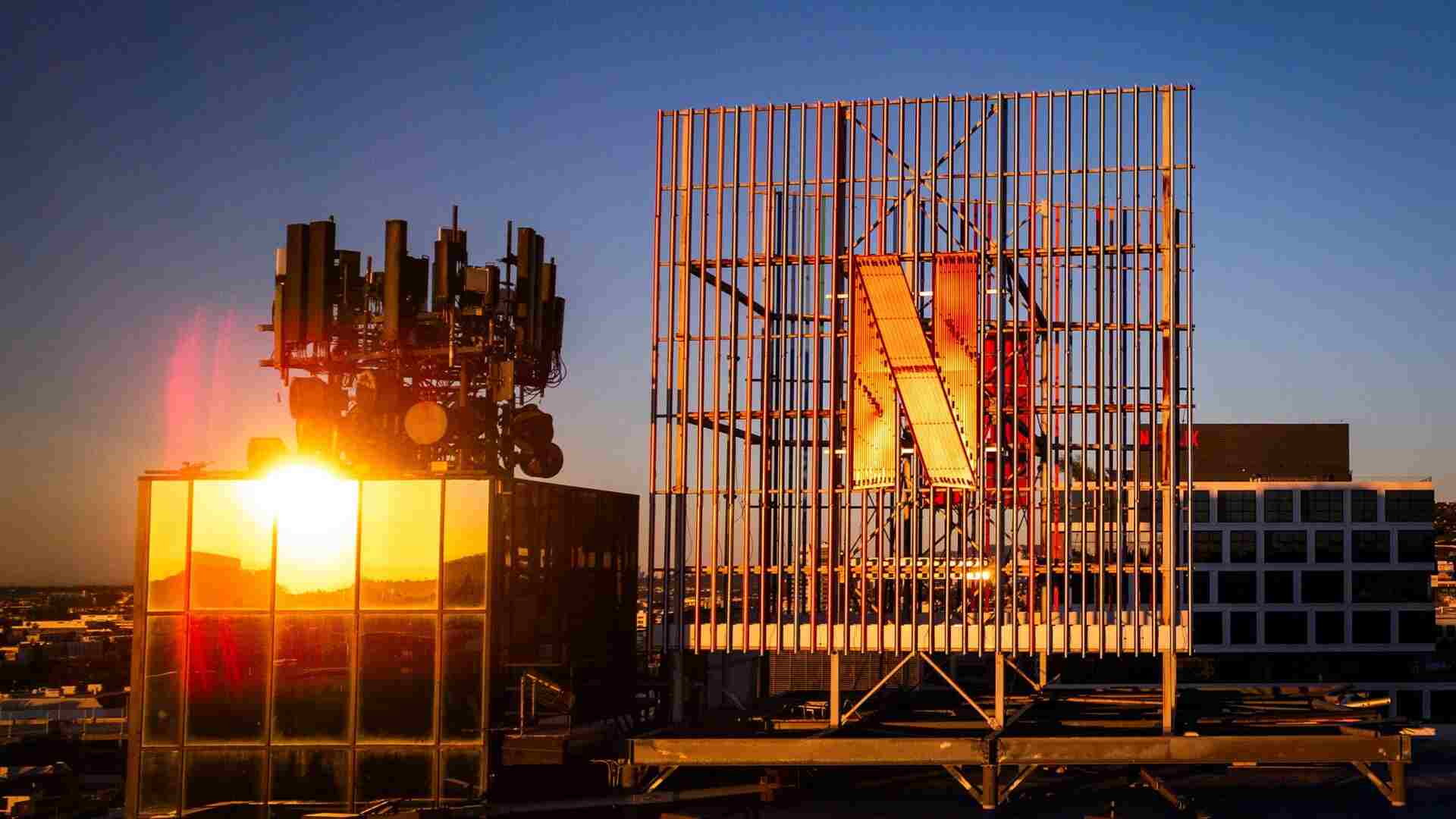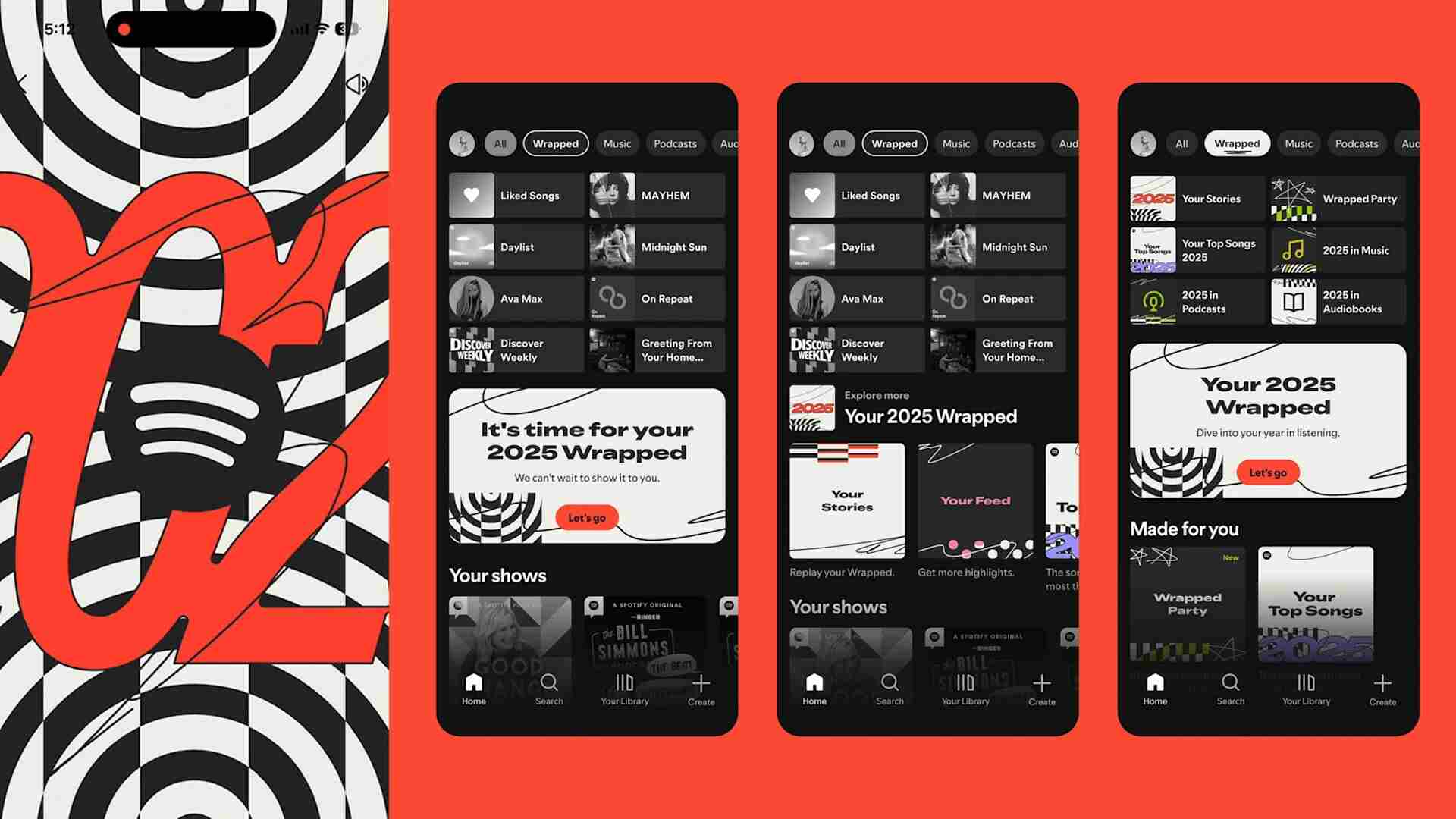- | 8:00 am
A Gen Z-forward blueprint for building a confident AI-powered workforce
A workforce equipped with the knowledge to use AI effectively is more likely to implement this technology to greater efficacy.

As we continue to witness the profound impact of AI on organizations, it’s fascinating, of course—but also increasingly important for managers to consider how different generations perceive these emerging technologies. You might assume that younger generations that have grown up with technology playing an integral part of their lives would naturally be the most enthusiastic about AI.
Think again.
Contrary to popular belief, Gen Zers are not quite as optimistic about AI tools as their millennial counterparts. In fact, research by Statista indicates that Gen Z views AI with less optimism than most might assume.
A recent survey by my company, Croud, further highlights this fact, revealing that only 65% of Gen Z respondents view AI positively, compared to a whopping 81% of millennials. They’re more skeptical about this sort of tech—but they also feel justified about that skepticism.
This revelation raises questions. Namely, how should we interpret this data, and secondly, what factors might be contributing to this (admittedly unexpected) trend? And perhaps most importantly, what can managers learn from this and what actions should they take in light of these fresh findings?
With that in mind, we’ve outlined a blueprint for better understanding your Gen Z team members.
RECOGNIZE WHY GEN Z HAS A MORE NUANCED VIEW ON AI
The way different generations perceive technology is influenced by the era in which they grew up. While Gen Zers are certainly tech-savvy and aware of AI’s potential, they also seem to have a heightened awareness of its potential drawbacks and limitations.
A study conducted by Cornell University and FreedomPay found that Gen Z is actually more cautious when it comes to sharing their data compared to millennials or boomers. As far as why this might be the case, let’s not forget that they’ve been exposed to complex issues around privacy, security, and bias, which have become even more pressing in recent years.
In practice, start by tapping them for their insights. This doesn’t mean you need to shift your approach at any cost, but showing that you’re taking what they have to say into consideration can go a long way toward keeping them invested.
Recognize that their concerns around AI won’t always look the same in the sense that AI can also be used in playful, lighthearted ways and they may respond in kind. Listen, observe, and respond with nuance yourself.
APPRECIATE GEN Z’S ABILITY TO SERVE AS BIAS CHECKERS
Let’s face it. AI is powerful, but it’s not infallible, as indicated by ChatGPT’s warning: “May occasionally produce harmful instructions or biased content.” That’s why we still need human bias checkers to ensure that the content produced by AI is inclusive and doesn’t perpetuate harmful stereotypes or biases.
As the most diverse generation to date, Gen Z’s perspectives on this matter are especially valuable. Stanford University reported that Gen Z had an amazing advantage growing up in the digital age and was exposed to different cultures and people from an early age, thanks to the internet. This exposure fostered a deep appreciation for diversity and taught them the value of embracing their own unique identities.
They are hyperaware of the issues related to DE&I, and they often demand that brands, employers, and governments do what it takes to conquer bias. This means that they will be on the lookout for how you, as a company, proactively address bias. Are you adjusting your algorithms for bias? Are you using tools to check for bias around language and terminology? Using an inclusive language checker is an incredible strategy when it comes to internal and external messaging—and it’s also an easy one to implement as well.
OBSERVE HOW GEN Z PLACES A HEIGHTENED VALUE ON CREATIVITY
As impressive as AI can be, there is still a limit to its creativity, and that’s where humans come in. Experts point out a fundamental difference: AI technology falls short in replicating that “special” human touch—the essence that emanates from our interactions with the world, our emotional journeys, and those “aha!” moments. That’s what sets us apart from the algorithms. Creativity is an integral part of our being, and as managers, we need to recognize and encourage the creative work that our people have to offer.
Right now, AI can help us handle mundane and repetitive tasks, freeing us up to focus on the aspects that require our creativity and innovative powers. The outcome? A more diverse, engaged workplace, where employees feel valued for their unique perspectives and ideas.
That said, as AI evolves, we’re also witnessing an intriguing phenomenon—the way AI can streamline the creative process for us humans, particularly when it comes to ideation. For instance, ChatGPT excels at generating catchy article titles based on keywords, giving the ideation process a turbo boost and maximizing efficiency, especially when paired with skillful prompts. Midjourney can visualize what’s in your head in seconds, a profound change to the creative process and timeline. But these are not to be taken as “in lieu of,” but rather, “in addition to.”
Treat AI as an ally—an asset which can help you and your team unlock a world where imagination and innovation thrive with greater freedom and flexibility. Go out of your way to encourage team members to tap into their creative geniuses and ensure that you demonstrate the value you place on them doing so.
BE EXTRA SENSITIVE AROUND AI ADOPTION
Instead of jumping headfirst into AI, Gen Z is prompting their managers to be more thoughtful and sensitive in their approach. By taking into account the potential challenges and complexities, organizations can ensure that the implementation of AI-based technologies is successful and beneficial for everyone involved, regardless of their age group.
For organizations, this means prioritizing training and education for everyone, which will allow them to have a better understanding of these technologies and how they fit into their day jobs. It’s crucial to rely on experts who have the skills to assess and guide us in this area, instead of leaving it to the masses to figure it out on their own, which could result in chaos at best.
Managers can lead in this way by tapping those who know how to use these tools to educate others and then stay close to the implementation process. This isn’t a “once and done” situation where you roll something out and then leave to its own devices.
We need to demonstrate how and where the company is harnessing this technology to level up our business and make our employees’ lives better and ensure they are bought into this as well.
A workforce equipped with the knowledge to use AI effectively is more likely to implement this technology to greater efficacy. And more efficient employees lead to more efficient work, happier clients, and customers. This is a win-win, all around, no matter the industry.








































